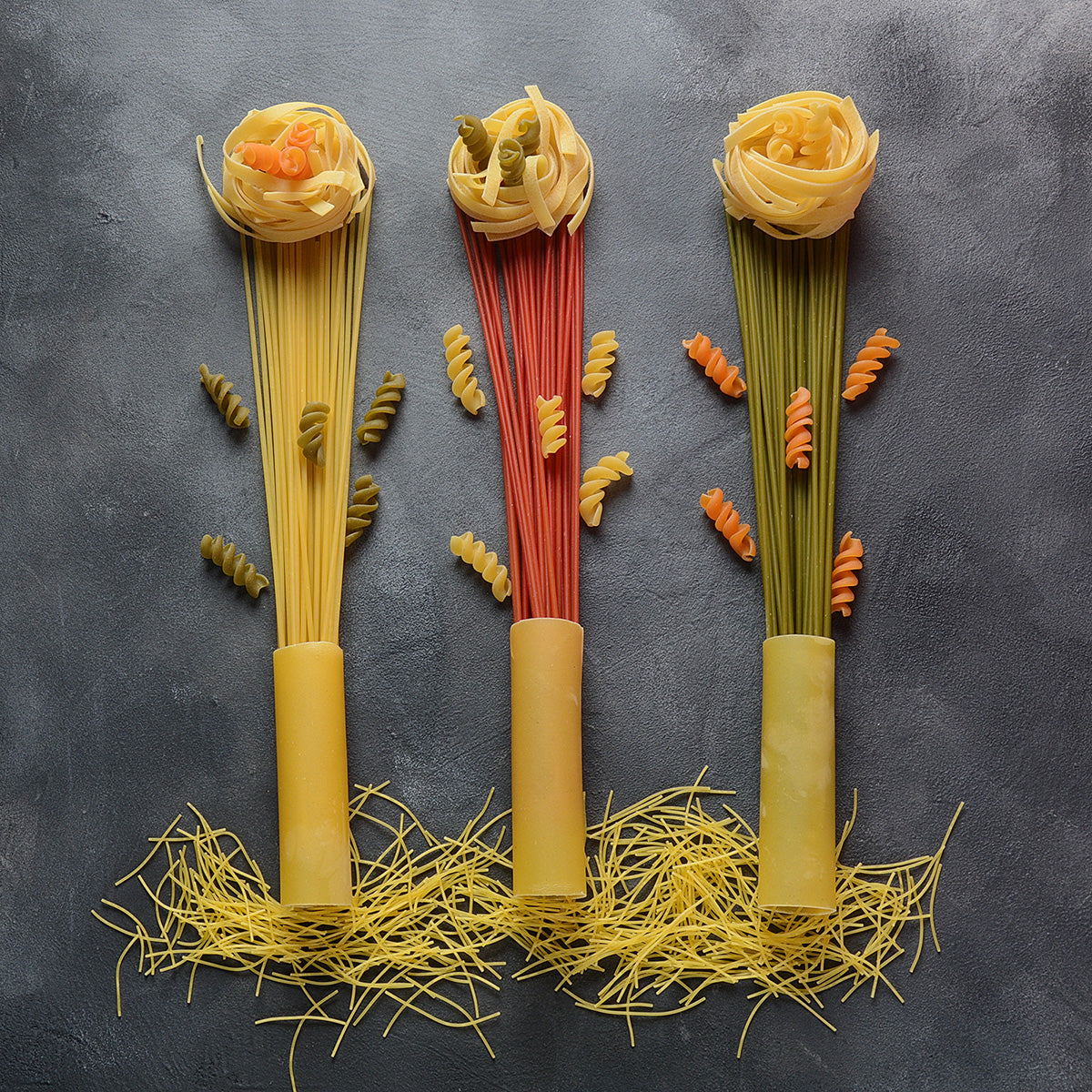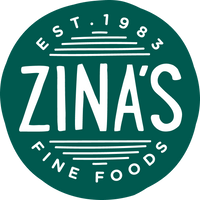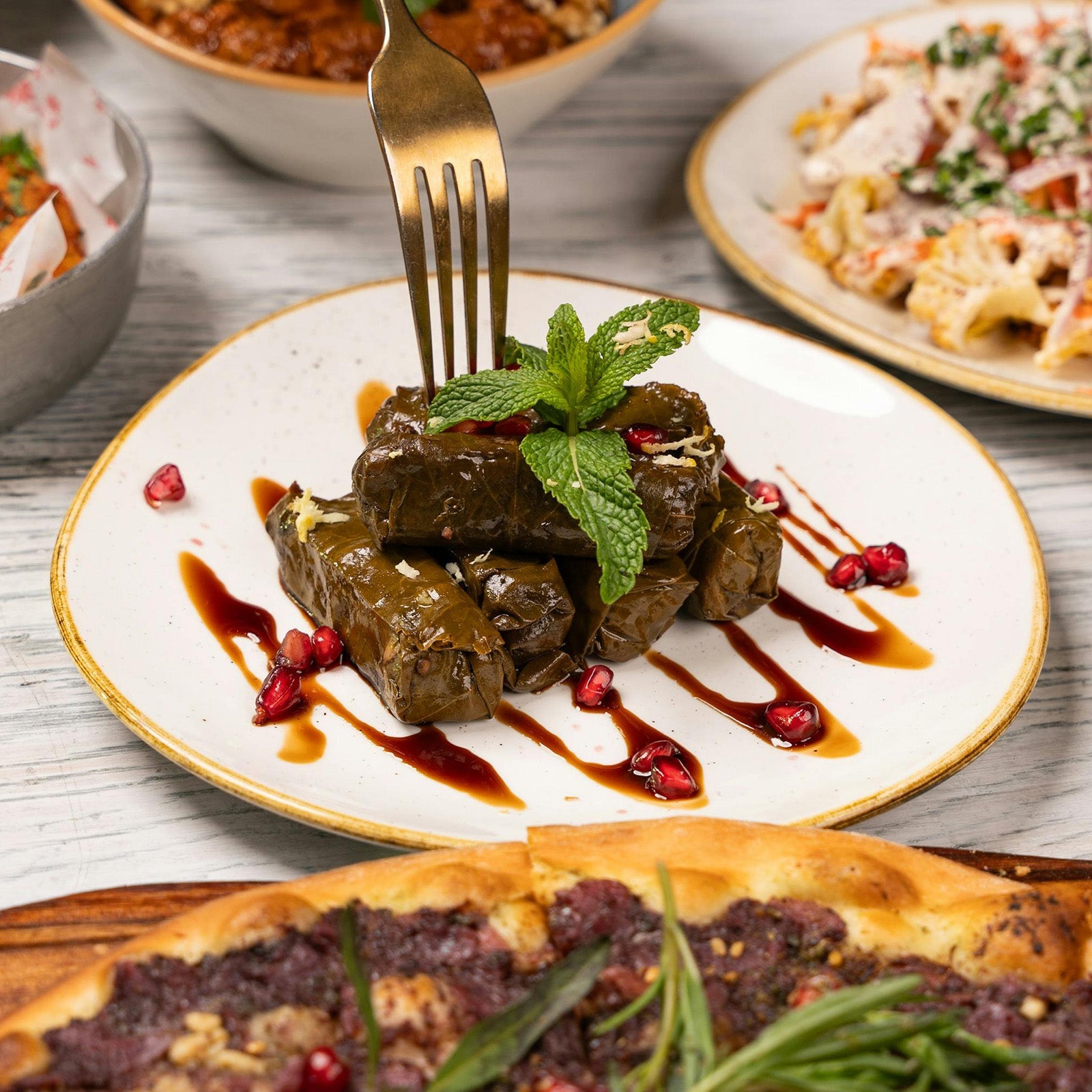
As debates surrounding artificial food dyes like Red 40 and Yellow 5 heat up, and policymakers consider restrictions, the food industry finds itself at a critical crossroads. For decades, manufacturers have relied on synthetic dyes to make their products visually appealing, but growing consumer concerns about health risks have forced many to rethink their practices.
At Zina’s Fine Foods, this is a conversation we’ve never had to have—because artificial dyes have never been part of our story. From the very beginning, we committed to using natural ingredients, not only for their health benefits but because they align with the artisanal quality that defines our brand. This commitment extends to our vibrant tri-color pasta and tortellini, which are made using natural coloring agents like beet juice, spinach, and turmeric. For us, “natural” isn’t a trend; it’s a core value.
A Commitment to Natural Ingredients
Our decision to avoid artificial dyes wasn’t based on public pressure or legislative trends. Instead, it was guided by our desire to provide food that is not only delicious but also honest. Artificial food dyes, derived from petroleum and associated with potential health risks, have no place in our kitchen. Instead, we draw inspiration from nature’s palette. Spinach lends its deep green hue, beets provide a rich red, and turmeric offers a golden yellow that brightens our pastas without compromising integrity.
Beyond aesthetics, these natural ingredients offer additional nutritional benefits. For example, turmeric contains anti-inflammatory properties, while spinach is a source of iron and vitamins. By choosing natural alternatives, we’re not just making our food look good—we’re making it better.
The Growing Case Against Artificial Dyes
Artificial food dyes have long been under scrutiny for their potential health risks. Research has linked some dyes, such as Red 40 and Yellow 5, to hyperactivity in children, allergic reactions, and even long-term health concerns in animal studies. While regulatory bodies like the FDA maintain that approved dyes are safe for consumption, many consumers are opting to err on the side of caution.
The public’s demand for transparency and cleaner labels is evident. A growing number of brands are reformulating their products to eliminate synthetic dyes, often turning to the same natural solutions we’ve embraced from the start. But for us, this isn’t about following a trend—it’s about staying true to the principles we’ve upheld for decades.
Leading by Example
As a family-owned business with deep roots in handcrafted foods, we see this moment as an opportunity to reaffirm what we stand for. The debate over artificial dyes underscores a larger shift toward more mindful food production. Consumers are asking the right questions about what goes into their food, and businesses like ours have the responsibility to provide clear, honest answers.
Our naturally colored tri-color pasta and tortellini are just one example of how we bring this philosophy to life. By using ingredients that are both safe and familiar, we can offer products that are as wholesome as they are vibrant—without ever resorting to synthetic shortcuts.
The Future of Food Is Natural
As the food industry grapples with the potential phase-out of artificial dyes, it’s clear that consumers are driving this change. They’re not just looking for bold colors; they’re looking for foods they can trust. At Zina’s Fine Foods, we’re proud to be ahead of the curve, offering products that reflect both the artistry and integrity of true craftsmanship.
The conversation about artificial dyes is important, but for us, it’s also affirming. It validates the choices we’ve made from the start: to prioritize quality, authenticity, and the well-being of our customers. And as the industry moves toward a more natural future, we’re proud to say we’ve been there all along.






